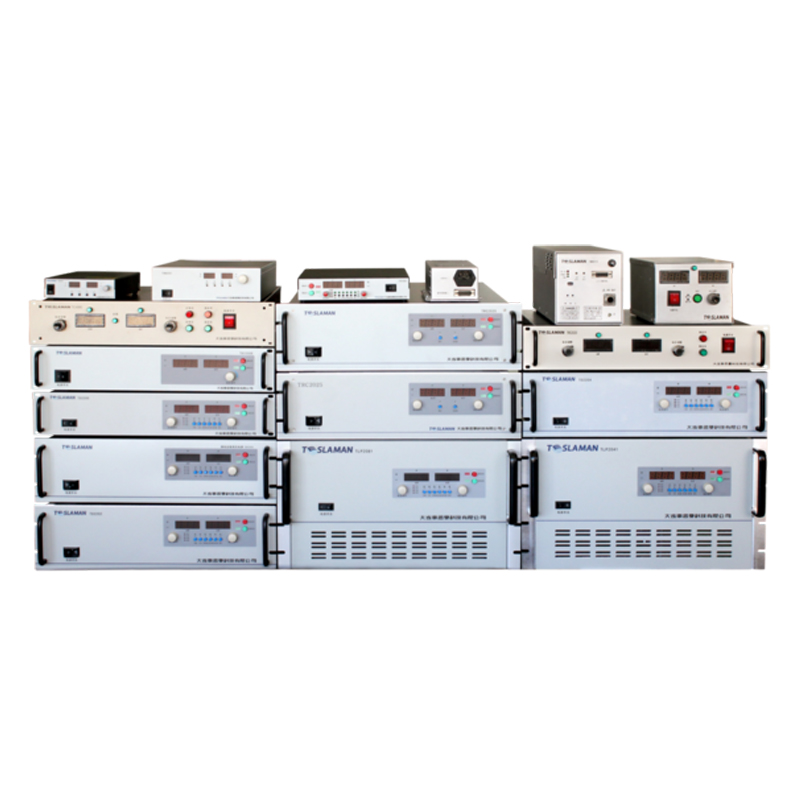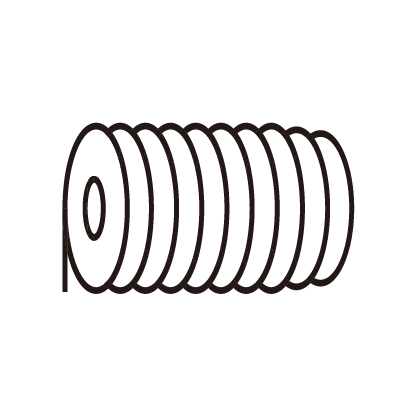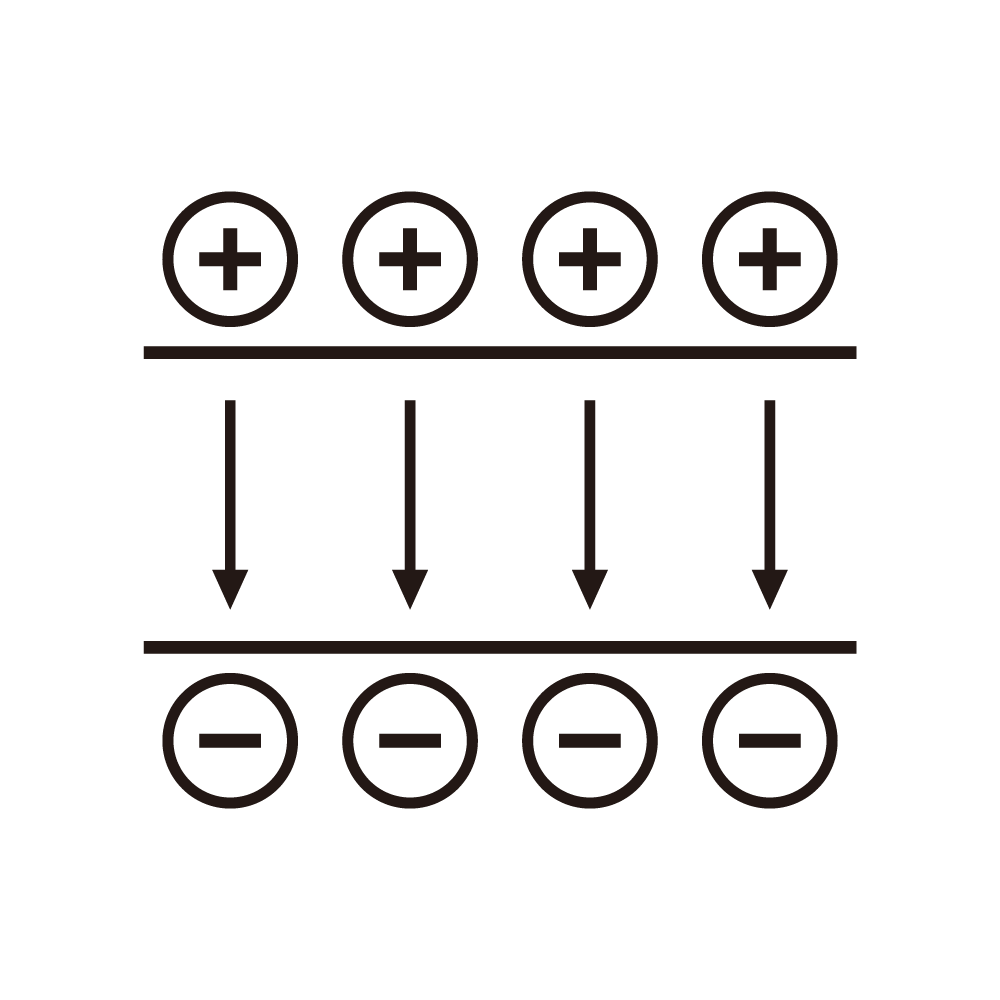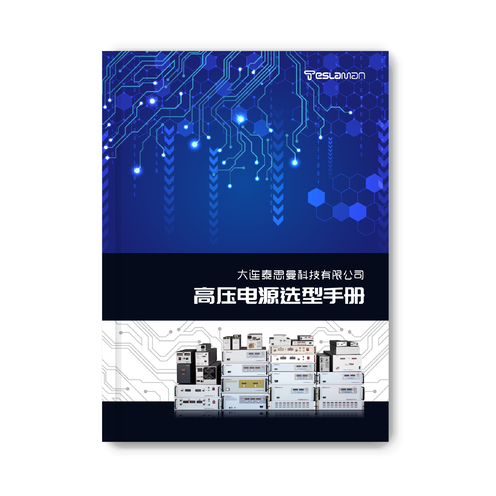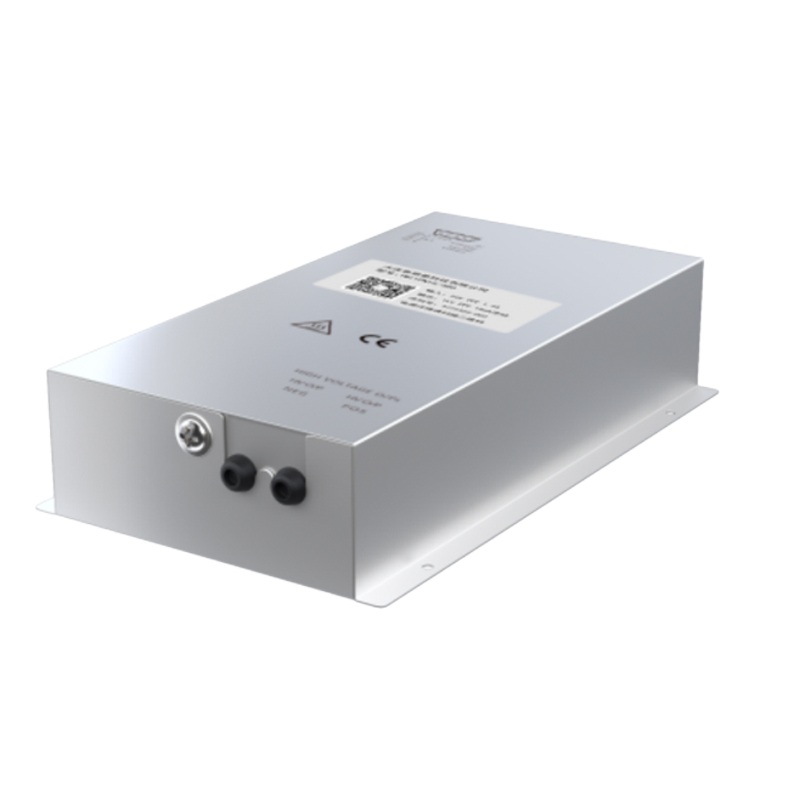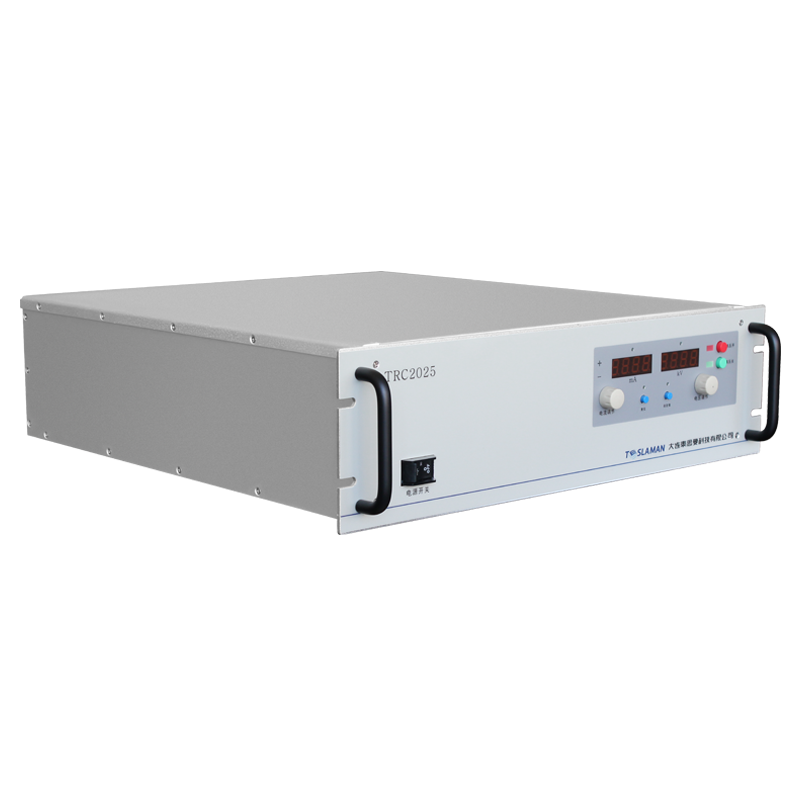Buffer System Adaptation of High-Voltage Power Supply for Capillary Electrophoresis
Capillary Electrophoresis (CE), as an efficient and rapid separation and analysis technique, has been widely applied in numerous fields such as biology and chemistry. The high-voltage power supply, being one of the core components of the capillary electrophoresis system, its performance directly affects the separation effect and the accuracy of the analysis results. In capillary electrophoresis, the adaptation of the buffer system plays a crucial role in the stable operation of the high-voltage power supply and efficient separation.
The main function of the buffer system is to maintain the stability of the pH value of the solution during the electrophoresis process and provide an appropriate ionic strength. Different buffer systems have different ionic compositions and properties, and these properties will have different impacts on the high-voltage power supply. For example, if the ionic concentration in the buffer solution is too high, it will increase the conductivity of the solution, resulting in an increase in the current of the high-voltage power supply. This may cause problems such as heating, affecting the stability and lifespan of the power supply.
From the perspective of adaptation, the pH value of the buffer system should be considered first. Different samples and separation purposes require different pH conditions. The high-voltage power supply needs to operate within an appropriate pH range to ensure the stability and uniformity of the electric field strength. If the pH value is too high or too low, it may cause changes in the ionization state of the sample, affecting the separation effect.
Secondly, the ionic strength is also an important factor. An appropriate ionic strength can reduce the influence of the electroosmotic flow and improve the resolution of the separation. However, an excessively high ionic strength will increase the resistance of the solution, making it necessary for the high-voltage power supply to provide a higher voltage to maintain the electric field strength. This not only increases the burden on the power supply but may also lead to the generation of Joule heat, affecting the accuracy of the separation.
In addition, the additives in the buffer system will also have an impact on the high-voltage power supply. Some additives such as surfactants and organic solvents can change the properties of the solution, thereby affecting the distribution of the electric field and the migration behavior of the sample. When selecting the buffer system, it is necessary to comprehensively consider the influence of these additives on the high-voltage power supply to ensure the normal operation of the power supply.
In order to achieve a good adaptation between the high-voltage power supply for capillary electrophoresis and the buffer system, systematic experimental research and optimization are required. By adjusting the composition and parameters of the buffer system, the most suitable conditions can be found to improve the separation efficiency of capillary electrophoresis and the reliability of the analysis results.
In conclusion, the buffer system adaptation of the high-voltage power supply for capillary electrophoresis is a complex and important issue. Multiple factors need to be comprehensively considered to achieve the stable operation of the high-voltage power supply and efficient separation.
